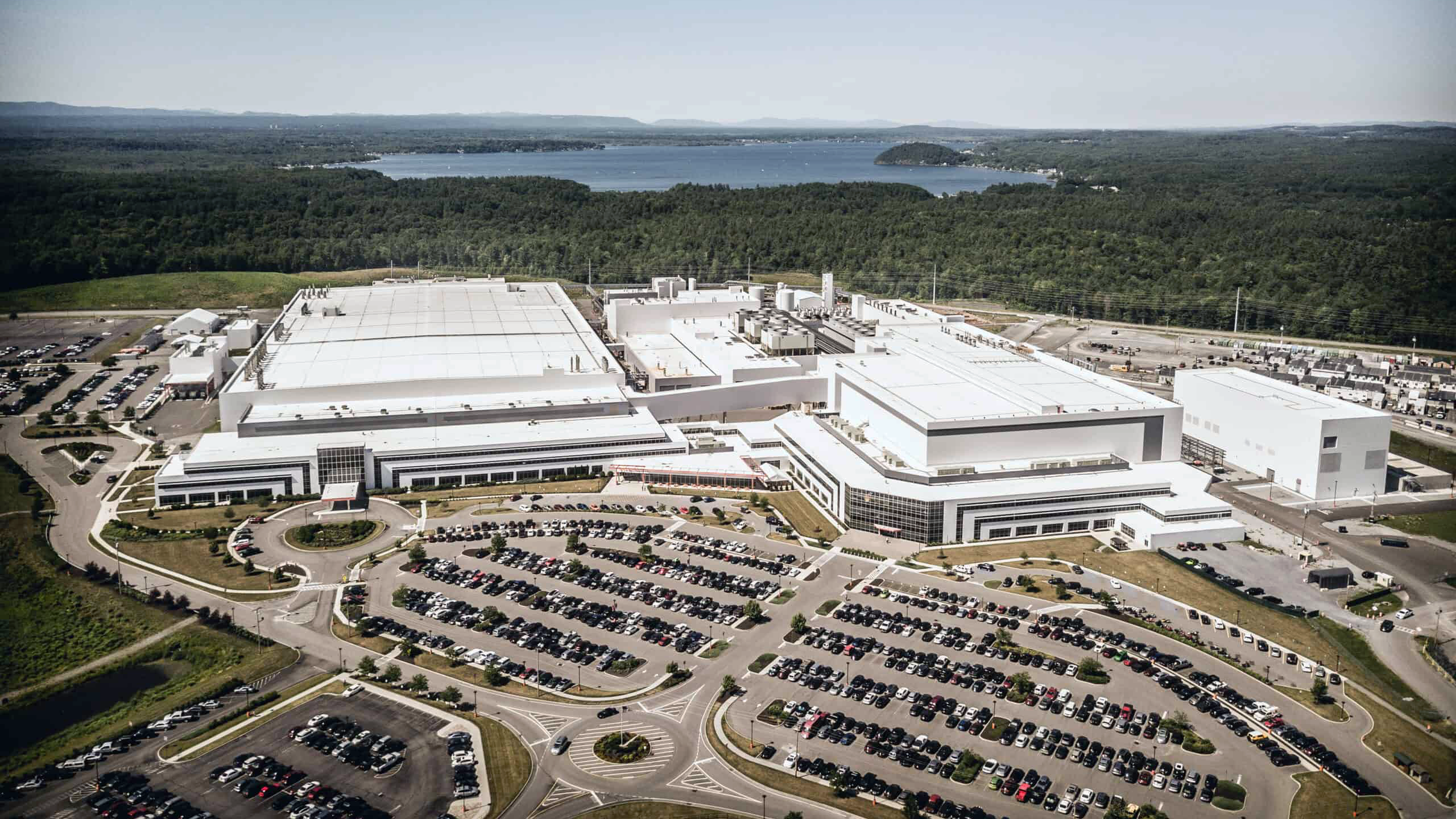
The U.S. semiconductor industry is facing a big problem: it will be short of 67,000 employees by 2030, according to estimates by the Semiconductor Industry Association (SIA), a lobbying group for the semiconductor sector. Efforts to develop local talent in the U.S. are ongoing, but there is still a big gap, which is why the industry depends on engineers, computer scientists, and technicians from abroad. However, the U.S. H-1B Visa system is making it tough to bring in and keep these workers, so the U.S. chip industry is calling on the U.S. government to rethink it. One of those options is a new type of visa specifically for the semiconductor industry.
A new type of visa — a Chipmaker’s Visa — specifically for the semiconductor industry has been proposed by the industry and the Economic Innovation Group (EIG). This proposal aims to provide a more streamlined process for industry-specific talent acquisition. The urgency of these measures is underscored by the industry’s crucial role in national security and the broader economy.
As proposed, the new visa would allow for 10,000 new visas per year with an expedited process for recipients to get a green card. 2,500 of these five-year Visas would be auctioned off to companies every quarter, and the Visa could be automatically renewed by the recipient one time.
“The government recognizes there is a talent shortage specific to our industry, and that it is going to take a combination of both efficient immigration policy, as well as investing in STEM programs and other programs, to help grow a workforce,” Royal Kastens, director of public policy and advocacy at SEMI, told Semiconductor Engineering. “I do not think it is one or the other.”
Geoff Tate, who heads Flex Logix, stressed that the tech crowd in Silicon Valley is largely made up of engineers from India, China, Taiwan, Singapore, and Hong Kong, which shows how important it is for the U.S. to keep its doors open to overseas talent.
Meanwhile, the H-1B visa system, a primary route for international talent in the U.S. semiconductor industry, is fraught with challenges. This company-sponsored visa, typically valid for three years and extendable to six, is allocated via a lottery system due to a 7% cap on visas per country, which is a challenge for workers from countries with a large population like India and China.
“H-1B visas are awarded by lottery tickets, which in no way ensures they go to the best use, or to occupations where we have pressing national security and geopolitical concerns, which is the case with semiconductors,” said Adam Ozimek, chief economist at the EIG to Semiconductor Engineering. “The way they award the visas, based on lotteries, incentivizes firms to try to hire for the most replaceable roles, not those with highly specialized skills.”
After the visa expires, foreign employees need to get a Green Card for permanent residency, which is another lottery due to country caps. While a worker can stay indefinitely while waiting for a Green Card via an i-140 petition, this situation leaves many skilled workers in a state of limbo, without the rights afforded by a Green Card or citizenship, and can discourage potential talent from considering the U.S. as a long-term career destination, especially if things get better at home.
Therefore, the semiconductor industry voices ideas like scrapping the country-specific visa limits and bumping up the total number of visas to make the U.S. a more welcoming place for foreign talent. Geoff Tate suggests looking at Canada and the UK, which have a points system for immigrants based on their skills and experience, giving expats a clear understanding of their perspectives.
Education in the U.S. is another part of the puzzle. A significant chunk of graduate students in engineering come to the United States from abroad. But once they graduate, sticking around in the U.S. is not easy because of visa issues, which just adds to the industry’s shortage of skilled workers.
To fix these problems, multiple ideas are on the table. Beyond the chipmaker’s visa, these include giving H-1B visa holders more time to find new jobs (because today they have 60 days to find a new job or leave), upping the visa caps, and making it easier for graduates from U.S. universities to stay and work.
“The immediate low-hanging fruit is to fix our immigration policies,” said Ajit Manocha, president and CEO of SEMI. “That will help us retain some of the smartest people we bring into the U.S. from foreign countries for masters and Ph.Ds, so we can keep them here upon graduation.”






